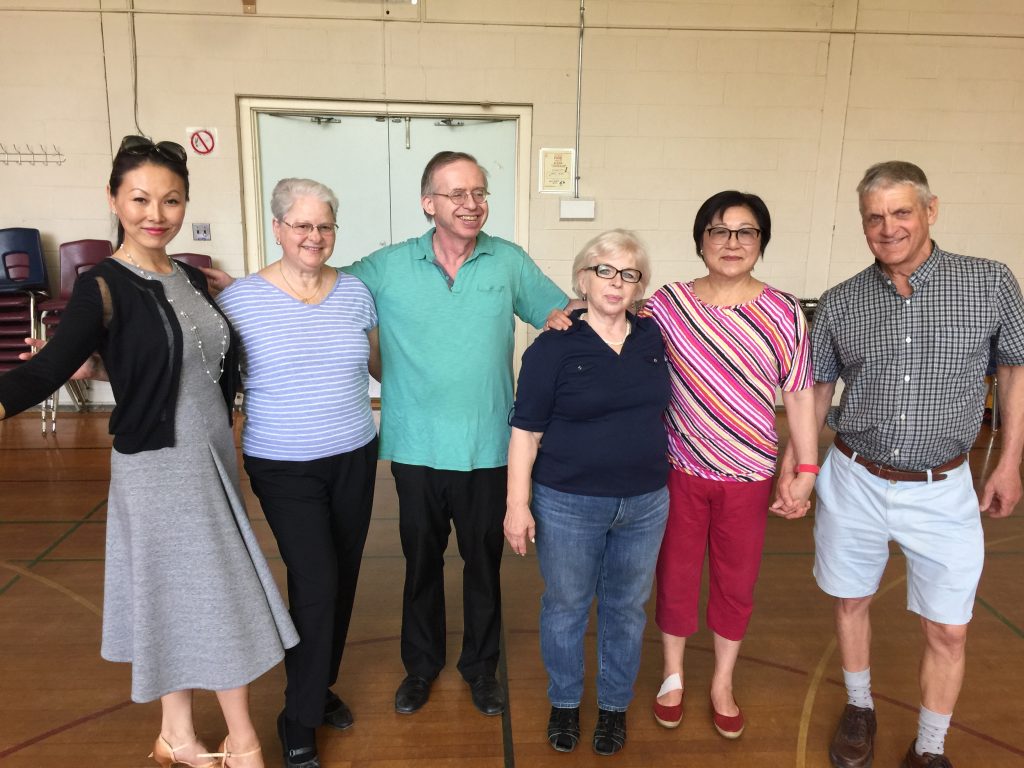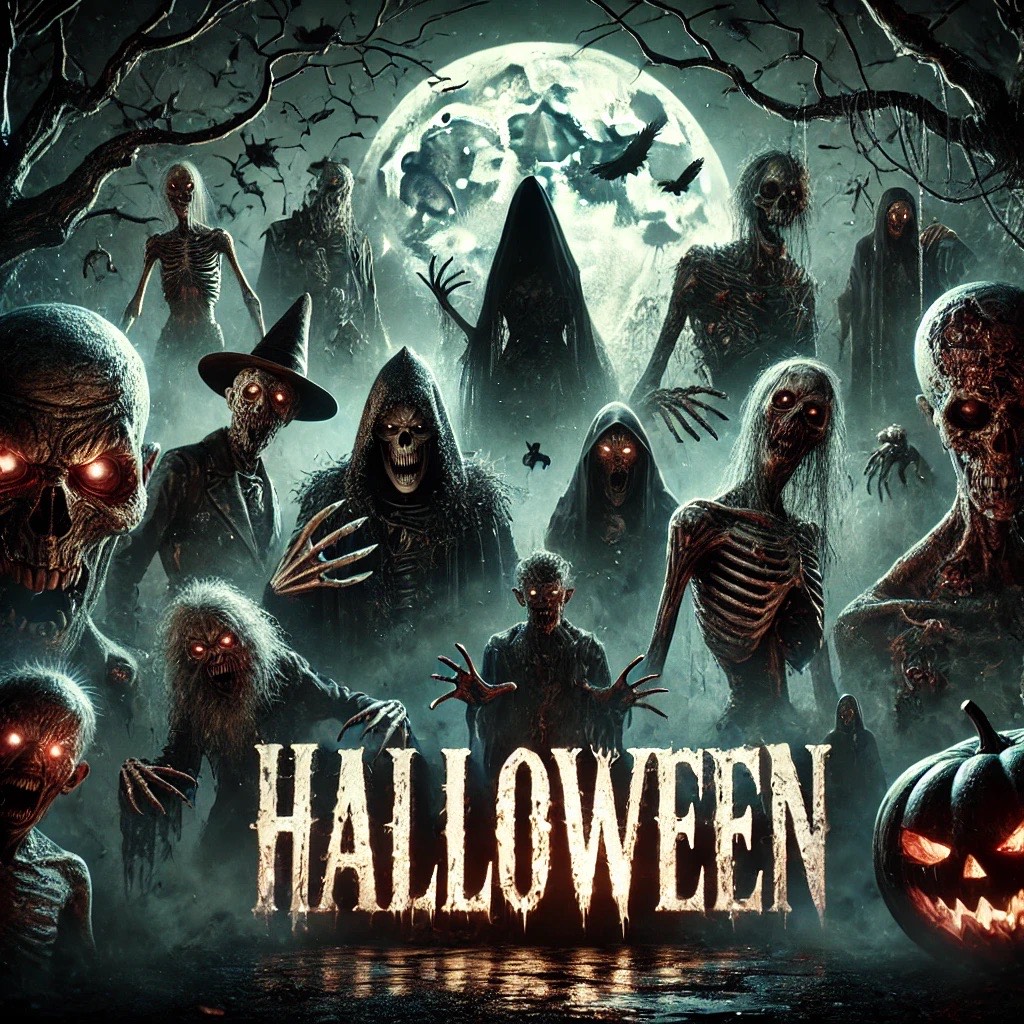Love of Learning
BALLROOM DANCING Discovering a New Path to Health and Wellness

By Henry G. J. G. Godzik
Ballroom Dancing, which used to be considered solely a social pursuit, has blossomed into one of the most entertaining and enjoyable ways to socialize and to stay in shape. Once associated with vintage movies starring Fred Astaire and Ginger Rogers, ballroom dancing is increasingly becoming part of the mainstream of everyday life.
The popularity of movies such as Strictly Ballroom, Shall We Dance, Take the Lead, Saturday Night Fever among others, including the critically acclaimed television series “Dancing with the Stars”, has put Ballroom Dancing at the forefront of a renewed interest by the general public and a hit with people of all ages.
Tony Dovolani of “Dancing with the Stars” fame was asked, What styles of dance give you the best workout?
“Foxtrot and Jive, they build a lot of stamina. The Rumba too. Some slow dances are great because they require more control and balance. Any ballroom dancing with a partner creates pressure. When you dance by yourself, you have no resistance. When you dance with a partner you have control, you are more aware and the mind is engaged… physically, it works out every part of the body; it works out muscles you forgot about- small muscles.”
One of the reasons that “ Dancing with the Stars” became so popular is because it showed the toned, lean physiques of the professional dancers as well as how some of the contestants bodies had radically changed and attributed this transformation to the dance training. The premise of the show is that the guest celebrity has no dancing skill and that the audience was able to identify with that.
According to the National, Heart, Lung and Blood Institute ( NHLBI) whether you sway, pirouette, disco, boogie, shake a leg, swing, or trip the light fantastic across the dance floor, the benefits will:
• lower your risk of coronary heart disease.
• help to keep the heart in shape and can lead to a reduced heart rate over time.
• help to manage or lose weight
• strengthen the bones of hips and legs
• condition the body
• build and increase stamina
• develop the circulatory system
• strengthen and tone muscles
• Increase flexibility and balance
• Relieve stress and improve mood
The components of fitness according to Fabio Comana, exercise physiologist for the National Academy of Sports Medicine are, cardiovascular endurance, flexibility, muscular endurance, body composition and muscular strength. Ballroom Dancing embraces these components of fitness in various degrees, but in a much more enjoyable fashion, unlike, running on a treadmill which can be a monotonous way to improve cardiovascular endurance and body composition.

In addition to these two components, Ballroom dancing also targets muscular endurance and flexibility and overall, is a much more gratifying experience.
Cardiovascular endurance is increased because of a change to the breathing mechanism which allows the body to increase oxygen levels and build lung capacity. This action is accomplished by incorporating diaphragmatic rise and rib box expansion of the torso, core and upper frame.
A study conducted at California State University at Long Beach, discovered that even novice dancers were able to get their heart rates up to near maximum training rates with a 5 minute warm-up and 20 minutes of cha-cha, polka or swing dancing. The study also showed that a moderate Ballroom dance burns between 250-300 calories per hour and more vigorous dancing can burn in excess of 400 calories per hour.
It is to be noted, that as with any form of exercise, the amount of benefit acquired from Ballroom Dancing depends on its frequency, intensity and skill level.
Various clinical studies have associated ballroom Dancing with reducing the risks of memory diseases such as Dementia and cognitive impairments such as Alzheimers. Some of these studies have shown that Ballroom Dancing involves the constant use of short-term memory and in order to accommodate the many various patterns of movement that constantly change, more intricate neural pathways begin to develop.This short-term memory in combination with physical activity and listening to music are advantageous to the ongoing development and efficiency of these memory pathways.
Aga Burzynska, assistant professor of Human Development at Colorado State University, conducted research on cognitive decline in seniors and looked into ways on how to combat this deterioration. One group of participants were assigned to learn and practice Country dance choreography while two other groups were assigned the activities of brisk walking and balance/stretch training. Upon completion of the study, all participants were subject to a brain scan. Once the results were in, they clearly showed that the dancers faired better and had less deterioration in their brains than the other groups. The reason, there was much more memory work involved and learning to do in the dance classes as opposed to the other activities.
Ballroom Dancing requires a high level of focus and concentration and participants must challenge their cognitive abilities to ensure that their steps and posture are correct and that they are following the music’s tempo and beat.
For individuals bored with conventional exercise methods, ballroom dancing can be an excellent alternative. An exercise program involving this type of movement offers an aerobic workout that is low impact and gentler on the joints, while a more vigorous dance program provides the same benefit as other, more traditional workouts. However; unlike high-impact sports such as tennis, jogging or racquetball, dancing not only improves balance, coordination, flexibility and posture, but also decreases stress on the joints. There is also a lower risk of injury.
For those individuals diagnosed with Osteopenia / Osteoporosis, low impact exercises are often recommended. Ballroom dancing , for the most part, is low impact and generally safe for individuals with joint problems. This helps to prevent or at least, slow the bone loss related to osteoporosis. Because dancing involves the constant flexion and extension of the calf and leg muscles, it helps to tone and lengthen these muscle groups and contributes to overall body alignment and core strength. Ballroom Dancing, in itself, contains plenty of rise and fall action, bending and stretching which is one of its major benefits ; therefore , the more you dance, the more flexible you will become. By performing various foot driven dance movements, this helps to increase the strength of the feet, ankles and knees and the weight bearing bones.
Some challenging aspects of Ballroom dancing involve the many decisions that are made as dancers navigate their way around the dance floor; usually in a graceful, elegant manner, unless dancing a rhythm dance. The leader and follower must also be able to interpret their partners’ intentions through touch, firm and toned connections, eye contact and other gestures deemed important for that particular dance. Split second decisions are made as to what step to do next, conveying these intentions to the partner, guiding them through an unpredictable maze of fellow dancers all the while demonstrating poise , confidence, skill and overall enjoyment.
The incredible drive to Ballroom dance has never been more evident than with the example of Adrianne Haslet- Davis, a Ballroom Dance teacher with Arthur Murray’s in Boston. That fateful day April 15/2013 during her participation in the Boston Marathon, Adrianne became a casualty of the bombings that rocked the city. As a result, her severely damaged left foot could not be saved, and had to be amputated. Despite these life changing injuries, she vowed that this incident would not define her life and that she would some day dance again. That “some day” happened two hundred days later, with the help of Dr. Hugh Herr, director of the Biomechatronics Research group at the M.I.T. media Lab, was fitted with a bionic limb, embedded with an A.I. ( artificial intelligence) program specific for dancing. The following spring Ms. Haslet-Davis danced the Rumba with a professional ballroom dancer in front of a jubilant audience at Vancouver’s TED Conference, dancing in a short sparkly dress that showed off her bionic leg.
“ I was always determined to dance again, Ms. Haslet- Davis said in a statement. “ and I knew that I had to, that I would, and here I am .”
The inclusive art of Ballroom dancing is accessible to all, despite age, creed, colour, gender, social-economic status, body type and skill level. It’s a wonderful way for people from all walks of life to get in shape, while at the same time allowing their creative juices to flow.
Ballroom dancing is an excellent social activity which promotes group involvement and social interaction. Sharing a venue with others who share your interest provides a sense of connectedness , creating a sense of belonging and reduces the feeling of loneliness and isolation. it also contributes to a sense of well-being, promotes a more positive outlook and sharpens mental acuity. in other words, ballroom dancing is beneficial to our mind, body and soul.
In closing, Ballroom Dancing isn’t about just learning steps and figures and applying it to a musical tempo. It’s about the ability to combine the various aspects of social interaction, body awareness through physical activity and challenging the neuroplasticity of the brain through continuous memory work.
It’s a journey worth exploring and all it takes is convincing yourself to take that first “step” Here we go…” toe heel..toe…”
Henry teaches in the Learn4 Life.ca program offered by the Toronto District School Board.
Keep reading for more persepctives from Henry’s students and famous quotes on dancing from notable people.
STUDENT QUOTES about ballroom dancing
“ I started my first dance lesson in Henry’s class in 2007. Learning how to dance has been a great experience in my life… Through my involvement with dancing, I became more sociable and outgoing. Dancing keeps me in shape and builds self confidence. learning to dance provided a new skill that made me a happier person in general.”
SIU SUI, AGE 50
“My wife and I have taken dancing lessons from Henry G. for four years. We enjoy dancing both as an exercise and an artistic activity, and appreciate the opportunity provided by TDSB to take part in this activity”
ANDREW, AGE 75
“I have been dancing since 2011. dancing has helped me lose weight and become more physically fit, and I also feel that learning how to dance has been very good for me mentally. Over the years I have had difficulty with learning how to do various activities properly, and so learning how to dance has been a challenge for me. But dance lessons have helped me to become better at this type of learning, and so that’s why I feel that dancing has been good for me mentally as well as physically.”
LORNE, AGE 59
“At age 59, I ventured into TDSB’s Ballroom dance classes under the expert guidance of our dance teacher, Henry Godzik. Since my teens, I have been passionate about fitness, health, nutrition and wellness, practicing moderate yoga, aerobics and light weights. I have also recently started learning to play the piano and guitar. Ballroom dance has added a joyful dimension to my interest in pursuing my overall wellness goals. With dance, I am engaged in different genres of music, dance styles, practicing and mastering the correct dance steps footwork, socializing with like-minded ballroom dance enthusiasts, and keeping to a routine of attending dance classes and social dancing opportunities. This new fun and creative activity has improved my mental and physical health and boosted my overall happiness. Ballroom dancing has improved my physical conditioning, my balance and coordination and makes me feel good. I look forward to attending future dance lessons with Henry’s classes, and continuing to experience and enjoy the many positive total-body-mind-soul benefits of ballroom dancing.
Juliet
“The impact fme in taking this course is that you become more in-tuned to how long you’ve been sitting down & you develop the compulsion wanting to get up to stretch much more often. This need to move, of course prevents a sedentary lifestyle and encourages you to take a mental break; a goal which increases my chance of living a better, healthier life. Knowing how to dance is an engaging activity that can be done anywhere and at any time, especially when your favourite music is playing on the radio! After 4-5 years of study, it continues to bring a sense of balance to my life. I do regret though for not learning this skill sooner.
Dianne, 35+





